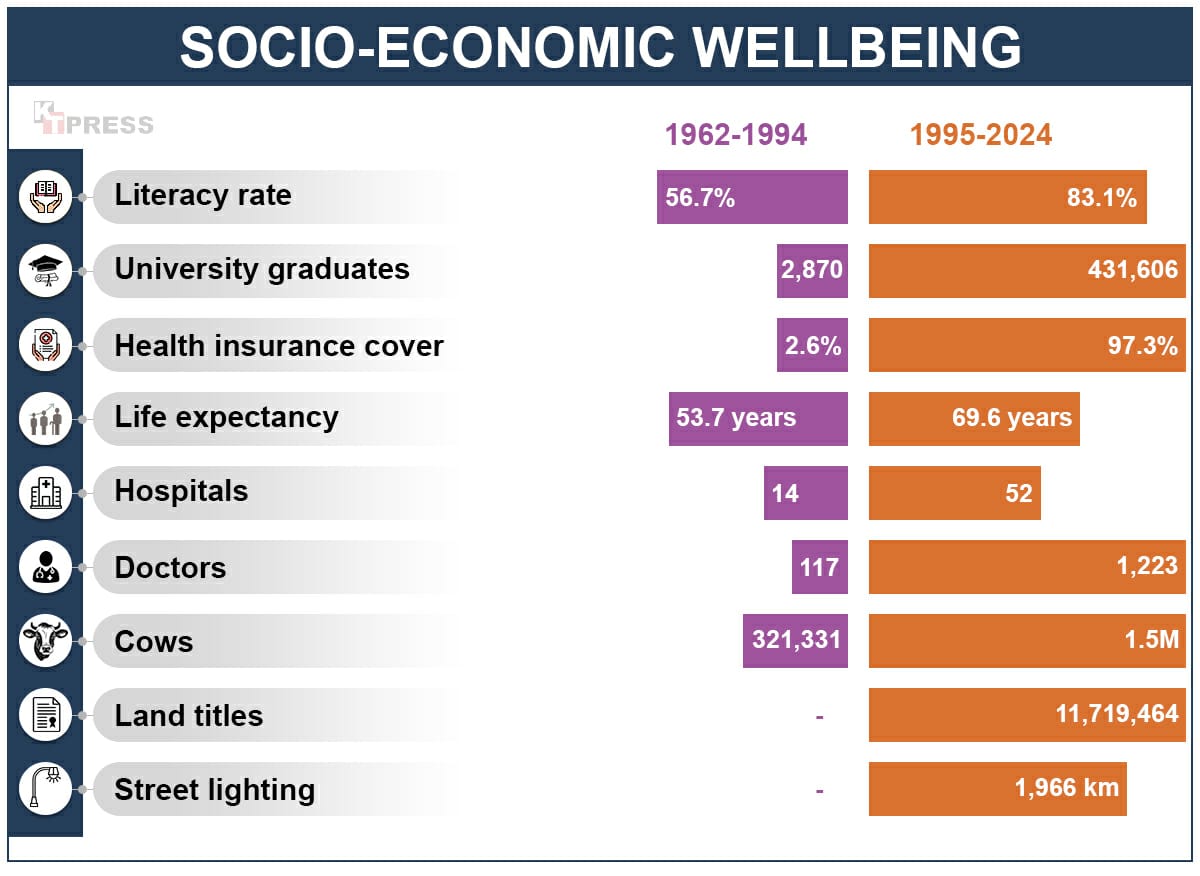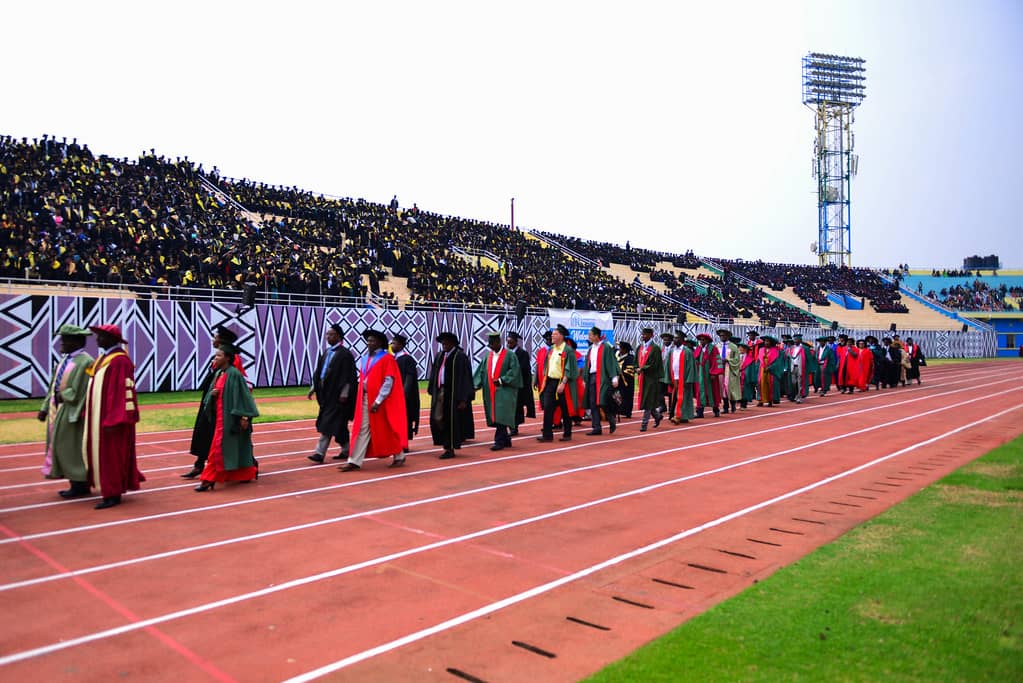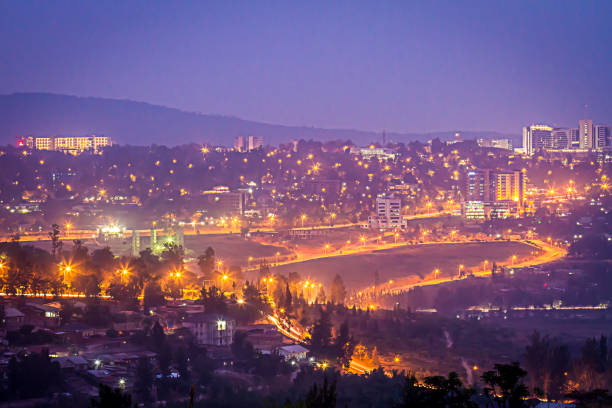
Imagine a time when only 2.6% of Rwandans had health insurance. This wasn’t a distant past, but the reality for Rwanda in the mid-1990s.
Access to healthcare was limited, and life expectancy remained tragically low. However, this data point serves as a powerful starting point to appreciate Rwanda’s remarkable journey towards a healthier future.
This data set, spanning nearly six decades (1962-1994 and 1995-2024), tells a compelling story of transformation. Our latest and final Data Series, delves into the numbers and explore the socioeconomic well-being in the past 30years, compared to the previous:
Education: Empowering a Healthier Nation
A nation’s health is intricately linked to its education levels. Rwanda has demonstrably invested in education, leading to a significant rise in literacy rates. From 56.7% as of 1992, literacy has jumped to a remarkable 83.1% by 2024.
This educated population is better equipped to understand health information, make informed decisions about their well-being, and participate in preventative healthcare measures.
Furthermore, the number of university graduates has skyrocketed, rising from a mere 2,870 in 1995 to a staggering 431,606 by 2022.

Graduations are currently held in stadiums because the numbers are usually so high they can’t fit on university facilities.
This growth fosters a future generation of healthcare professionals like doctors, nurses, and researchers, further strengthening the healthcare system.
Healthcare: A Revolution in Coverage
The most transformative statistic lies in health insurance coverage. Imagine a scenario where just 2.6% of the population had access to this vital safety net by 1992. Today, that number is a staggering 97.3%, a near-revolution in healthcare accessibility as of end last year.
This widespread coverage ensures financial protection from unexpected medical expenses, encouraging individuals to seek timely care and prioritize their health.
This transformation is further reflected in the significant increase in life expectancy. In 1992, the average Rwandan could only expect to live for 53.7 years. By 2024, that number has risen to a much healthier 69.6 years. This shift highlights advancements in healthcare delivery, disease prevention, improved access to medications, and overall public health initiatives.
The number of hospitals has also grown substantially, with a nearly four-fold increase from just 14 in 1993 to 52 by 2024. This improved infrastructure ensures better access to essential medical services across the country. The number of doctors has kept pace, leaping from 117 to a more robust force of 1,223 medical professionals.
From Subsistence to Sustainability
The number of cows in Rwanda has nearly quadrupled since 1991, rising from 321,331 to a remarkable 1.5 million in 2022. This growth suggests a thriving agricultural sector, potentially contributing to improved food security and potentially generating income through exports.
Another significant marker of economic progress is land titling. While specific data for period up to 1994 is unavailable, the current figure of 11,719,464 land titles issued, representing 100% coverage, is a powerful indicator.
Secure land ownership is crucial for economic development, allowing individuals to invest in their land, use it as collateral for loans, and participate more fully in the market economy.
Lighting the Way to Progress
Finally, the data sheds light on Rwanda’s infrastructural development. While information on pre-1994 street lighting is unavailable, the current figure of 1,966 kilometers of streets illuminated as of 2024 is a significant achievement. Improved street lighting not only enhances safety and security but also fosters economic activity by potentially extending business hours.

Street lighting is strictly enforced. Districts allocate budgets to the the item. All highways across the country are lit, often to the amazement of visiting foreigners
These statistics paint a compelling picture of a nation on the move. Rwanda has made impressive strides in education, healthcare, and economic development. The dedication to infrastructure improvement further strengthens the foundation for future growth. These achievements serve as a testament to the resilience and determination of the Rwandan people. As Rwanda continues on its development journey, this data set provides a valuable benchmark for measuring future progress.
Thank you for reading.

